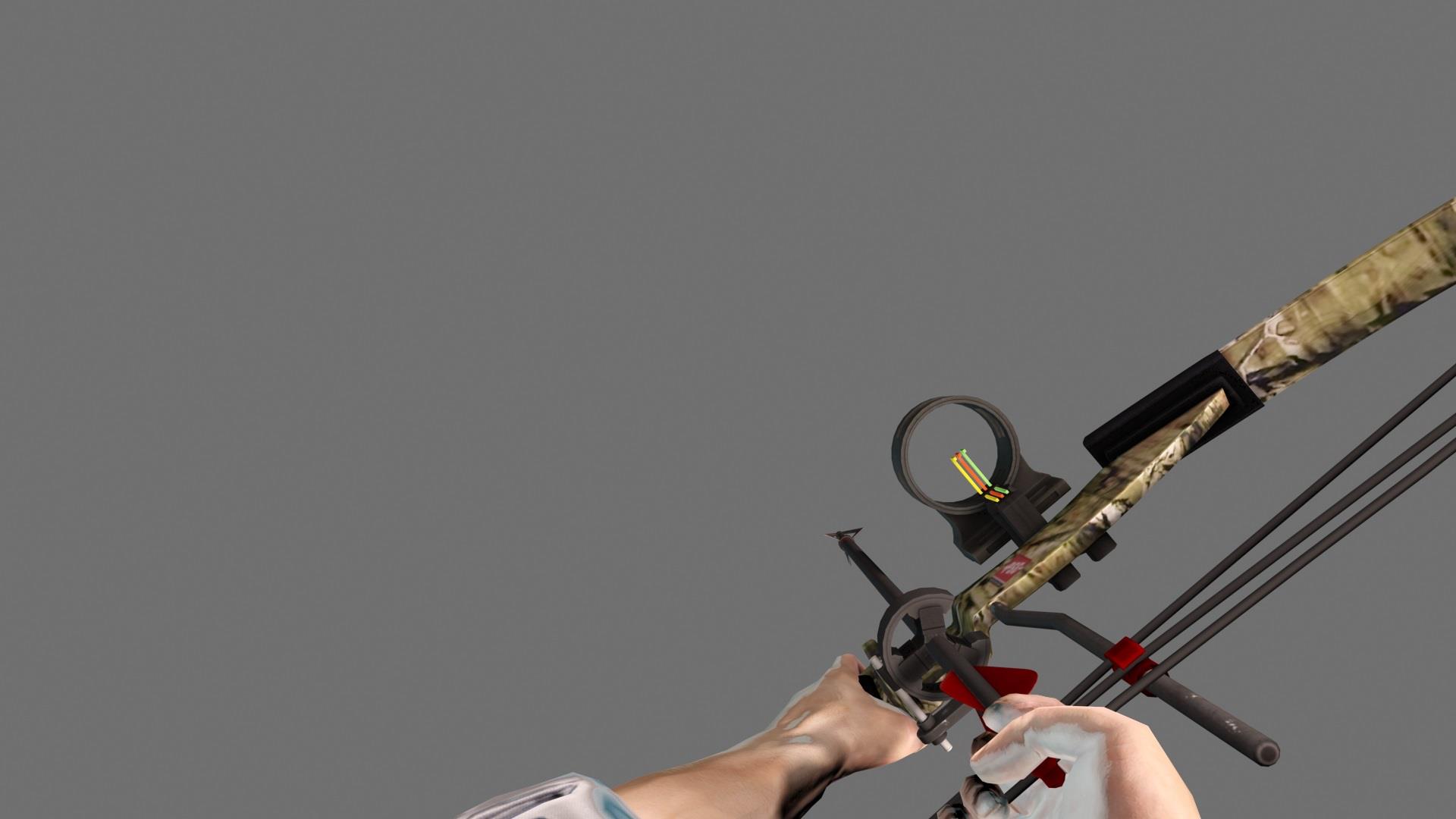Posted by James Parnwell on 18th Jul 2014
Compound Bows

Compound Bows
Let's just acknowledge up front that the sport of archery and hunting with a bow is kind of a big deal! It has certainly made compound bows very popular. So let's look a little deeper into them...
Compound bows operate on a mechanical arrangement comprised of a levering system which uses various cams in addition to pulleys to stretch the bowstring that leads to squeezing the actual bow limbs inwards to store energy intended for shooting the arrow once the limbs spring again returning the drawstring to its original placement.
Modern technology advancement of components means compound bows are usually manufactured from aluminum, magnesium in addition to various alloys.
There are loads of technical details to understand about Compound Bows, together with jargon and specifications that can boggle the mind. Here is a start with some of the language…
Let Off/ Energy storage/IBO speeds/ Sketch Weights/ Force Sketch Curve/ Draw Weight Ranges/ Camera types/Cam aggression/ Draw Lengths/ Camera Valley/ Speed vs. Forgiveness etc…
Let’s discuss a few of these terms shall we?
Energy Storage
This refers to the amount of potential energy stored in the bow when you draw the string to its maximum length. Once released the potential energy turns into kinetic energy (taking you back to High School?) which means “movement.” The stiffness of the limbs of your compound bow will determine the energy storage in your bow. The stiffer the limbs the more potential energy. Each model will have a specified maximum draw weight. The most common is #70, which means a bow with a draw weight of #60 will shoot an arrow more slowly that #70.
Draw Length
This is how far you can pull the bowstring back from the resting position. There is a limit to how far back the bowstring can be drawn. Some bows can be adjusted to the maximum draw length depending on the model you have bought. You should check what your maximum draw length is and make sure you get a compound bow that is suitable to your size. Compound bows are designed to shoot from the complete drawn position so check out what fits you before purchasing a new compound bow. We are very happy to help you with this!
IBO Speed
This is a rating system issued by the International Bow hunting Organization (IBO). They use standard testing conditions to compare the compound bows of different manufacturers so that when you buy a compound bow you can compare apples with apples. There is no independent testing authority so each manufacturer will rate their own equipment.
Atunga has a strong history of providing high quality Compound Bows and other archery supplies.
If you are looking to purchase a compound bow please go to our Compound Bow page http://www.combataustralia.com.au/compound-bows/ or feel free to contact us . We would love to help you choose the right compound bow for your situation.

